Coral reefs are beautiful underwater ecosystems, look like undersea cities, filled with colourful fishes and numerous wonderful creatures. Sometimes coral reefs are called the ‘rainforests’ of the sea.
In this article, the types, formation and importance of Coral Reefs will be discussed in detail.
What are Coral Reefs?
- Coral reefs are ridge or mound-like biogenic structures in tropical seas composed of largely calcium carbonate, built by corals.
- According to Thomas Wayland Vaughan (1917), a ridge or mound of limestone, the upper surface of which is near the surface of the sea and which is formed of calcium carbonate by the actions of organisms, chiefly corals.
- Most coral reefs are built from stony corals, whose polyps cluster in groups.
- Corals are sea animals that belong to the class Anthozoa in the phylum Cnidaria.
Types of Coral Reefs
On the basis of nature, structure and mode of occurrence coral reefs are of three types (classified by Charles Darwin in 1831) :
- Fringing reef,
- Barrier reef and
- Atoll.
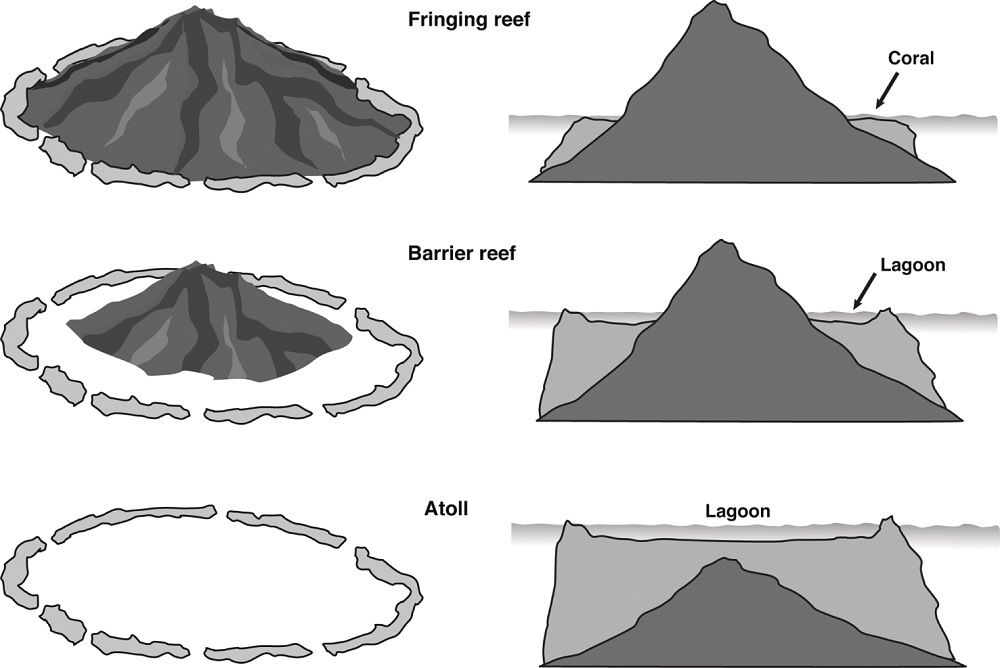
These three types are discussed below:
1. Fringing Reef
Coral reefs lying close to the shores of some volcanic island or parts of some continent are called fringing reefs or shore reefs. The fringing reef may extend to a distance of 200 metres from the shore into the sea. Its active growing region (called the reef front or reef edge) is facing the sea. A shallow water channel (50-100 meters broad) between shore and reef front is called reef flat. This reef is largely composed of calcium carbonate, coral sand, mud, dead and living coral colonies and other organisms.
Example: South Florida reef, Mehetia Island, Sakau Island in New Hebrides.
2. Barrier reef
The Barrier reef is located some distance away from the shore. It is 15 to 250 km away from shore and extends up to 2000 km in length. Reef and shore are separated by a deep stretch of water called lagoon (10-50 fathoms deep). This lagoon is suitable for navigation.
Example: The Great Barrier Reef of Australia is the largest barrier reef in the world.
3. Atoll
Also called coral island or lagoon island. It is a ring-like or horse-shoe shaped reef that encircles a lagoon. The lagoon is very deep and is suitable for navigation. These reefs are more common in the Pacific Ocean. The ring-like reef may be broken in a few places to allow the free flow of water.
Example: Fiji Atoll, Trent Atoll of W-Carolinas, Suvadivo in the Maldives (biggest Atoll in the world), Funafoothis Atoll of Ellice.
Formation of Coral Reefs
Many theories have been put forward to explain the formation of coral reefs. Among them two theories are more important:
1. Darwin’s Subsidence Theory:
According to this theory, reefs start as fringing reefs on the sloping shore of an island. These fringing reefs by the subsidence of the reef flat into lagoon become barrier reefs. Gradually the island is sunk and ultimately vanished and thus barrier reefs become attols with a central lagoon.
The theory is supported by Dana and Davis.
2. Daly’s Glacial-Control Theory:
In the last glacial period, the formation of ice caps lowered the level of water in the ocean (60 to 70 metres). At that time extreme cold temperatures prevailed. Subsequently, the ice melted and the temperature rose, which is suitable for the development of reefs. Thus Barrier reefs and Atolls are formed.
Importance of Coral Reefs
Coral reefs are of great importance. Some of the importances are given below:
- Coral reefs are the most diverse ecosystems on the planet.
- Coral reefs deliver ecosystem services for tourism, fisheries and shoreline protection.
- Reefs play an important role in protecting the shoreline from storms and surge water.
- As the foundation for complex food webs, coral reefs support an incredible diversity of fish. Algae, soft coral, sponges and invertebrates create the base of this web. From small herbivorous fish to large predatory fish, all find food and protection on the reef.
- Corals filter water. Most corals and sponges are filter feeders, which means that they consume particulate matter suspended in the water column.
- Corals assist in carbon and nitrogen-fixing as well as helping with nutrient recycling.
- Coral reefs often form the backbone of local economies. Tourists coming to dive need dive boats, guides, restaurants, hotels and other commercial and entertainment facilities.
To conclude, coral reefs bear such significance in both economy and ecosystem that is beyond our knowledge and there are yet many things to discover.
Reference
- Modern Text Book of Zoology Invertebrates By R. L. Kotpal (10th edition; 2013).
Revised by
- Saifun Nahar Smriti on 19 December 2020.
- Shraboni Mostofa on 1 September 2021.
 Plantlet The Blogging Platform of Department of Botany, University of Dhaka
Plantlet The Blogging Platform of Department of Botany, University of Dhaka
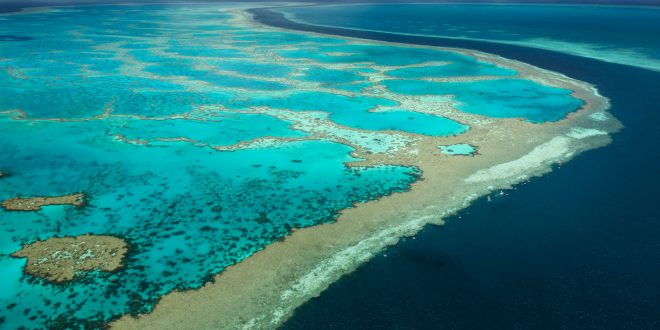

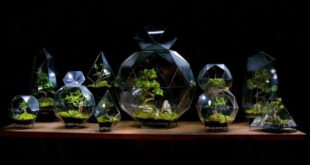

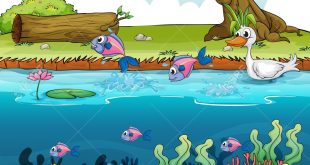
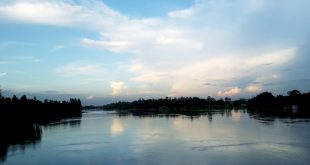
Coral reefs described best here. Really nice to read.
I very much appreciate your support.
Coral reefs best describe here
With the right handbag, a woman conquers the world.